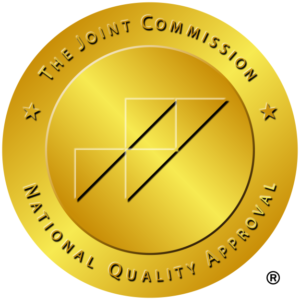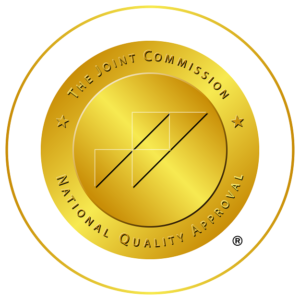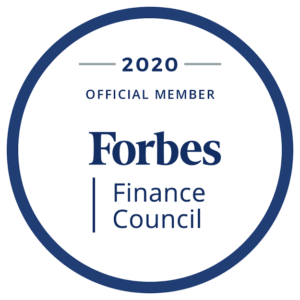How to Stop Groupthink When Hiring
Democratic decisions lead to better results when it comes to recruiting. When it comes to finding talent, there is wisdom in crowds. When Google tracked the performance of new hires against their interview scores, the company found that averaging a group of interviewees’ scores was by far a more reliable indicator of success than a single interviewer’s rating, even though that interviewer was an HR leader or one of the founders of the business.
Yet an approach to recruiting by committee is bearing its own special pitfalls. Groups can make poor decisions without proper orchestration, too. Indeed, today ‘s prevailing recruiting strategy where the hiring manager convenes a huddle and goes around the room hearing feedback on each candidate is especially vulnerable to group-thinking. That is because the person with the metaphorical loudest voice usually over-influences the committee’s decision in free-form discussions. This is typically the highest-ranking person; however, someone who has been identified as a successful interviewer may also be.
But as Google data reveals, more often than not, almost no interviewer can reliably get it correct than a true group decision. Indeed, only one out of tens of thousands of Google interviewees have consistently outperformed community averages, and it’s likely this was merely a statistical anomaly, and that super-interviewer would eventually have gone back to the mean if Google had continued the research.
Most companies are dealing with the idea that they already take collective decisions when recruiting Hiring. They miss one crucial move when I then observe their method and unknowingly fall into a group-think trap. When individuals don’t think long and hard about their own views before a free-form group debate, they are likely to gravitate towards the view that seems more popular; even with a good moderator who encourages psychological protection and dissent, free-form discussions minimize the variation of decisions, and this, in effect, suppresses valuable dialogue that might otherwise occur.
What do in the modern workplace Groupthink look like?
Group-thinking usually arises in a community in the workplace where workers are afraid of expressing an opinion that varies from the majority of control. In certain situations, the anxiety is due to the insecurities of an employee’s own and his / her need to fit in with the community.
In other situations, leadership has cultivated a culture of intimidation by playing games with various staff, classes, and departments and/or surrounding themselves with “like-minded” individuals. Environments where group-thinking thrives typically value harmony and avoid conflict, but the trouble with that approach is that there can be no critical evaluation of ideas and solutions without considering differing opinions from those within, as well as those outside a group.
How to Make a True Group Decision
We encourage hiring managers to follow a thorough procedure to ensure that the interviewers retain a healthy degree of independence in order to make genuine group decisions about candidates: first, make it clear to interviewers that they do not discuss their interview experiences with each other until the final group huddle. It’s OK for one interviewer to tell the other interviewees that they didn’t have time to cover a particular topic or that they would like the next interviewer to dive deeper into a certain area, but they should make a strong effort not to reveal what their impression of the candidate is by the tone of voice or the content of an application.
At this point, it is okay to have a lively discussion during a group huddle with the purpose to influence and be influenced by others. If interviewers want to change their scores, let them do so. But they should also know it’s OK to not conform with the group, whether they want to stick with their original opinion or take a new stance.
Using this strategy, we have seen candidates who promoted being pushed to a second position by the most senior team leaders, and less vocal selection committee members speak up to persuade the other members why they should pay more attention to another nominee.
Most of the senior executives believed they are mature enough to listen to everyone and not be negatively influenced. We have no doubts about their sincerity in this. However, no evidence indicating that executives are immune to being influenced by a group has been seen.
Conclusion
Now that you know the signs of collective thinking and how to stop the exhausting influence of creativity in your meetings, you are one step closer to having the kind of highly efficient meetings where workers feel free to send their best ideas. But don’t forget a vital aspect of face-to-face contact when implementing any of the big measures to stop groupthink. So go ahead, imagine the curb for a party kick and give yourself a High five. We hope you have appreciated our tips on how to do away with group thought!














